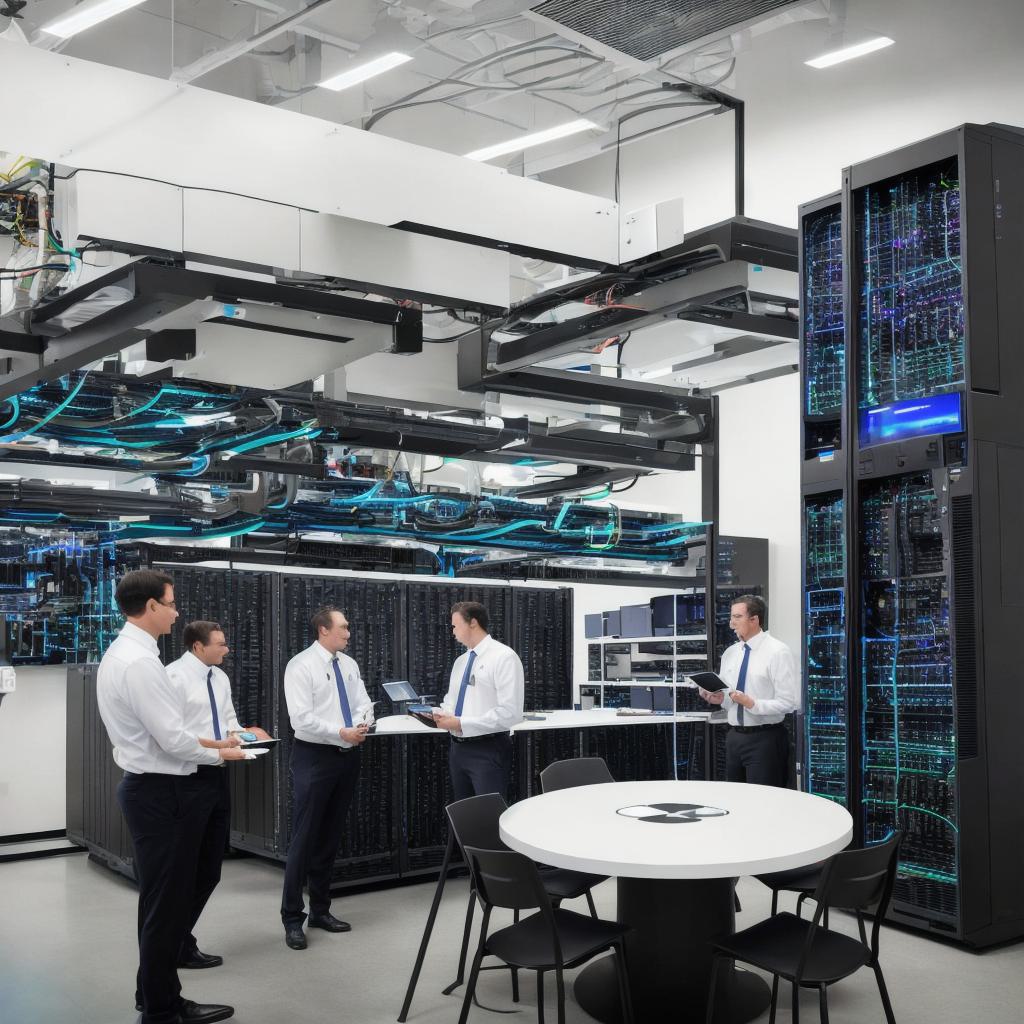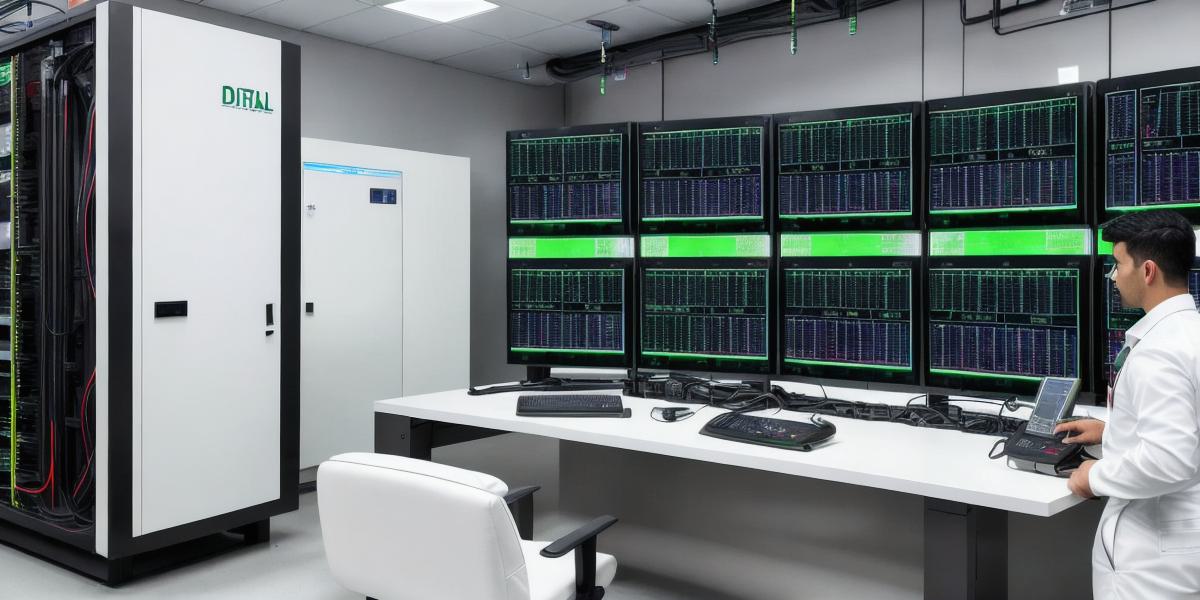Introduction
Welcome!
Today, we’ll discuss the significance of achieving a 99.999% uptime in a data center. This level of reliability is essential for businesses that rely heavily on their digital infrastructure to operate efficiently and effectively.
**What is Uptime?**
Before we dive into the importance of a high uptime percentage, let’s first clarify what uptime means. In simple terms, uptime refers to the amount of time a system or service is operational and available for use. For data centers, this translates to the time when all servers, cooling systems, power supplies, and network connections are functioning optimally.
**Why Achieving 99.999% Uptime Matters**
*Minimizes Downtime:*
With a 99.999% uptime, businesses experience minimal downtime, which translates to fewer interruptions in their day-to-day operations and ultimately, increased productivity. For instance, an e-commerce business with a 99.999% uptime can process orders around the clock, without worrying about potential outages affecting sales.
*Enhances Customer Satisfaction:* Consistent availability of digital services is crucial for maintaining high levels of customer satisfaction. A data center with a 99.999% uptime ensures that businesses can deliver their products or services to customers uninterrupted, leading to better customer experience and loyalty.

*Prevents Data Loss:* High uptime percentages minimize the risk of data loss due to system outages. Companies can protect their critical information from potential catastrophic losses and ensure business continuity even during unforeseen circumstances.
*Reduces Costs:** Downtime translates to lost revenue, as well as additional expenses related to incident response and recovery efforts. Achieving a high uptime reduces these costs and helps businesses maintain a lean budget while maintaining optimal performance levels.

**How to Achieve 99.999% Uptime**
Achieving such a high uptime requires a combination of robust infrastructure, proactive maintenance, and effective disaster recovery strategies.
Some best practices include:
1. Redundant power and cooling systems
2. Fault-tolerant network design
3. Regular system updates and patches
4. Effective monitoring and alerting systems
5. Disaster recovery plans in place
6. Continuous testing and optimization of the infrastructure
**Summary**
In conclusion, achieving a 99.999% uptime in a data center is vital for businesses that want to minimize downtime, enhance customer satisfaction, prevent data loss, and reduce costs. This level of reliability requires robust infrastructure, proactive maintenance, and effective disaster recovery strategies. By focusing on these elements, businesses can ensure their digital operations remain consistent and efficient, enabling them to thrive in today’s increasingly digital world.
